Didn't find the right design, get a 100% customized design by our design expert.
Starting from 3999/-
Our Building design design service combines precision and inventiveness. Our skilled architects, interior designers, and engineers spent years collecting thousands of Building design. Our careful planning ensures practicality and aesthetics combine flawlessly. Look through our projects to see how technology and creativity can work together, and see what possibilities exist for your next project. We hope that these Building design collections help find right home quickly. If you need help narrowing down your selections, or would like suggestions based on your criteria, whats app chat, email or call us. We’d be happy to help you find the Building design that fits your lifestyle and budget. You can also check out our Specialty Collections or customized design service for more design ideas. Let's build your dream home together from designing to execution.
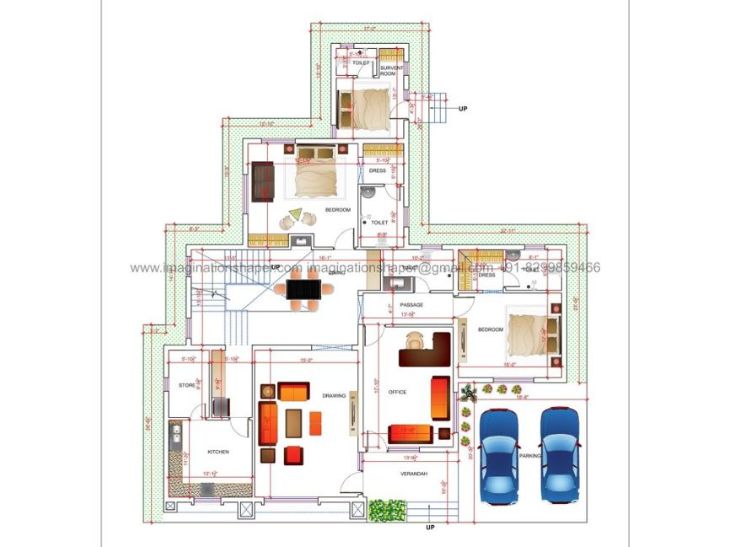
Get best customized house plan designed by experienced architects and designers.
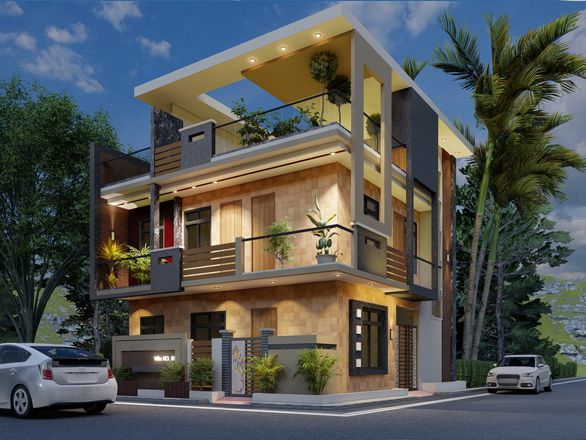
Are looking for the elevation design services, Imagination would be the perfect option.
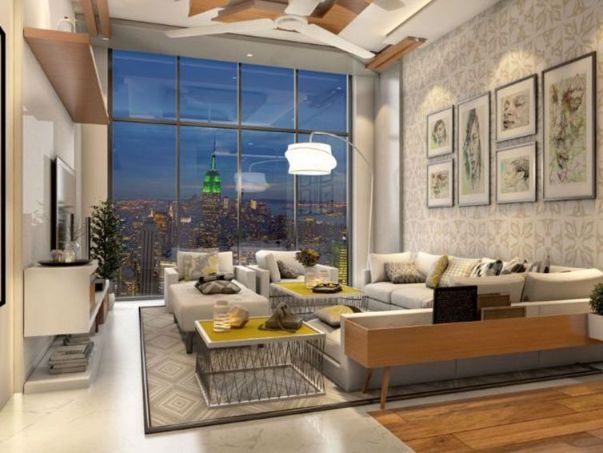
Home interior design to enhance the interior of the project services at an affordable price.
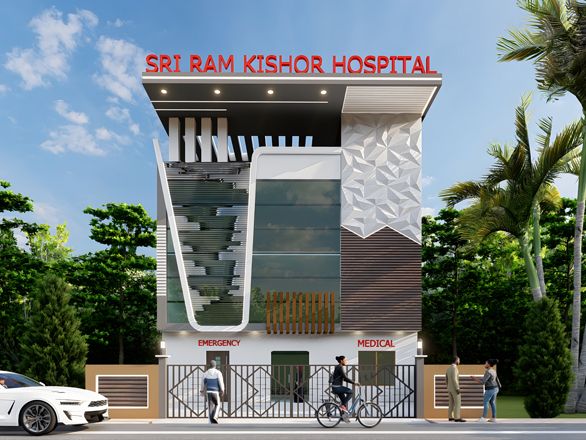
Design your health care project as per guidelines, the user and patient-centric also.

We incorporate sustainability strategies, creative space planning and best technology.
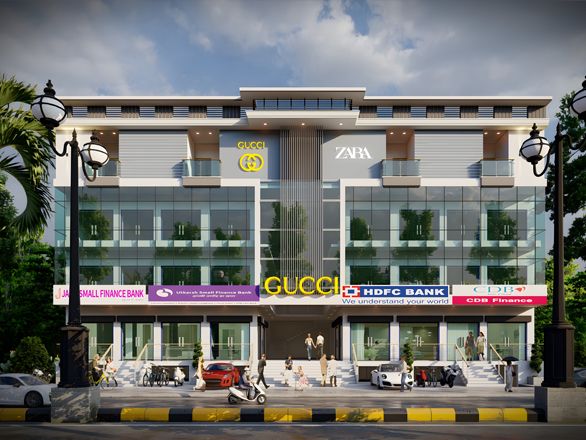
We are focused on combining function with style to meet the need of businesses.
Building elevation design, or building design, can be tricky to get right, especially if you don’t know the five essentials of the process. As you work through the details and nuances of your building elevation design, remember to keep these five things in mind. If you do that, you’ll be well on your way to creating an attractive and functional building elevation design that will serve you well for years to come.
The building design is a hardest as well as important part of any construction process. No matter what type of building you're designing, your best bet is to start with high-quality plan sets from a well-respected drafting service like Sanders Drafting. A good set will not only provide you with the elevation drawings that illustrate the front, back, and sides of your building, but it will also include detailed information on anything ranging from fire safety features to interior details.
In design, it is important to establish a visual hierarchy so that the most important elements are not lost in the design. For instance, if your company logo is very prominent, then you would want to make sure that other parts of the building are not distracting or dominating. When creating a building elevation design you must first create your building plan. Your building plan will allow you to understand what space needs can be met as well as where they are located.
A building elevation is a two-dimensional drawing that represents the facade or outer wall of a building and is usually visible from the street. The architect (building planner) uses an elevation to illustrate the overall appearance and design of a structure, as well as its height, shape, position on a site, and size.
Most good designers have an idea of what typeface works best for their building plan. The challenge is balancing the aesthetic with practical concerns such as legibility, size, and cost. Different typefaces are available on different platforms, and pricing varies from free to expensive, so it's important to find a font that works for your project both aesthetically and practically.
Take time to research which typefaces work best for building plans, and don't be afraid to experiment. It's much easier to change one word than an entire paragraph if you're unhappy with how it looks.
Many buildings have similar plans. It is a common misconception that buildings need to be unique to make them stand out, but it actually is more important for buildings to create continuity. The first thing that should be considered when designing a building is whether or not it will be stylistically similar to the existing structures in the area. Another way you can use consistency in your design is by using the same materials throughout different parts of the building such as brick or concrete, and by including ornamentation if possible.
Building elevation design is the process of designing the exterior of a building. It includes all the aspects that make up the visual look and feel of a structure, such as the walls, doors, windows, roofs, and decorative elements. Elevation design is a critical part of any construction project, as it defines the look and feel of a building from the outside.
The visual appeal of a building can have a significant impact on its value, both financially and aesthetically. Good elevation design can help create an inviting atmosphere for people entering a space, while poor elevation design can be unappealing and even off-putting. Building elevation design is also important from a safety perspective, as it helps ensure that buildings meet all relevant regulations.
When it comes to designing an elevation, five key elements must be taken into consideration:
1. Context: It is essential to understand the context in which the building will be placed. This includes taking into account the surrounding architecture and landscape, as well as the local climate and topography. Understanding how the building will interact with its surroundings can help inform the elevation design.
2. Proportions: The proportions of a building's elevation should reflect its scale. The height and width of a building should be in balance with each other and the surroundings. A larger building may need to have taller walls and taller windows, while a smaller one may require shorter walls and narrower windows.
3. Materials: The materials used for the exterior of a building will affect its appearance and performance. Consideration should be given to the cost, energy efficiency, durability, and aesthetic value of each material used.
4. Ventilation: It is important to design buildings that allow for adequate ventilation, as this helps keep the indoor air healthy. Properly designed openings and shutters can ensure adequate airflow, while also controlling light and heat gain.
5. Orientation: Orienting a building in the right direction can help maximize passive solar gain. For example, windows on the south side of the building can take advantage of the most sunlight in the winter months. On the other hand, east-facing windows can help reduce heat gain during the summer months.
How should we start designing a building?
Designing a building involves a systematic process that takes into consideration various factors such as purpose, functionality, aesthetics, budget, and site conditions.

